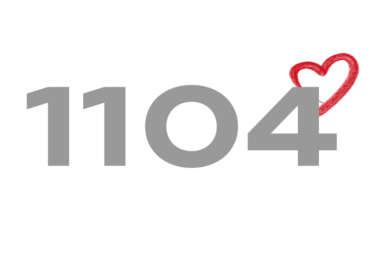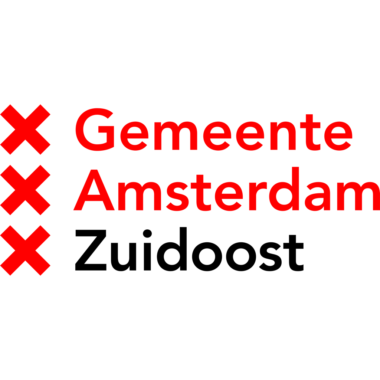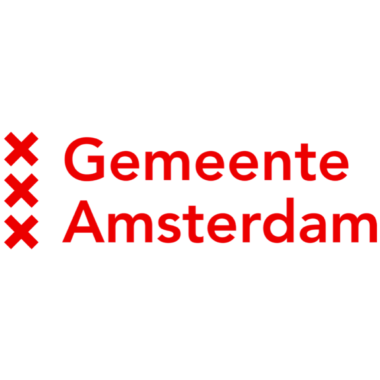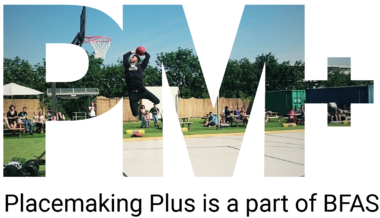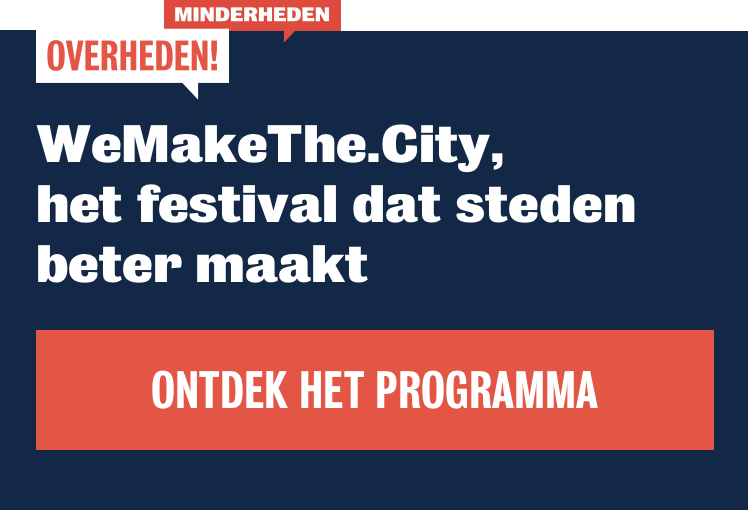On an annual basis, all 22 areas in the city of Amsterdam come to an area plan, in a greater or lesser extent together with residents and entrepreneurs. A plan that formulates the needs of the neighborhood, which interventions must take place and which investments are required. Neighborhood platform Hart voor de K-Buurt has taken up the idea to form an area plan for their own neighborhood through the design framework: The Just City Index.
I want a Just City where all people, but especially “the least not,” are included, have equitable and inclusive access to the opportunities and tools that allow them to be productive, to thrive, to excel and to advance through the ranks of social and economic mobility
– Toni L. Griffin (The Just City Lab – Harvard Graduate School of Design).
Program
12.00 AM – 13.00 PM FREE LUNCH
Available for all people who registered for the event.
13.00 PM – 16.00 PM JUST CITY INDEX
During this event, the identity, challenges and possibilities of De K-Buurt will be introduced, as will the what&how of the Just City Index. Participants will take part in thematic tablediscussions, together with local and (inter)national guests. We round up the event with the gathered recommendations for the bottom-up development of the area plan for De K-Buurt.
With amongst others
Ria Braaf-Fränkel
Axioma Management Consultancy & Project Development
Sugandha Gupta
Moderator
Minouche Besters
Partner at Stipo
Laura Sobral
Brazilian urbanist and architect, author 'Doing it Together'
T.J. Maguire
Urban Designer & Manager of Design, Develop Nova Scotia
Kourosh Rad
Senior Planner, Urban Development Strategist, RAD Consulting
Giusy Chierchia
Stakeholder engagement for Neighborhood Development Milan
About De K-Buurt
De K-Buurt (K-neighborhood) is located around the Kraaiennest metro station in the South-East of Amsterdam. It is a neighborhood that faces many challenges: in the old flats, poverty, unemployment, low literacy and economic disadvantage are still rampant, often with a stack of many social problems. At the same time, after a stand-still of 10 years due to the economic crisis, the focus for the (physical) development of the area has strengthened in the 2 years. This brings another challenge; gentrification in the Southeast is advancing. Agrowing group of new residents with a lot of social, financial or cultural capital are flowing into the area, threatening to displace the group of old residents. The dichotomy is big: the neighborhood is improving, but for whom? The K-neigborhood is on the front line of this development.
The neighborhood collective Hart voor de K-buurt, therefore, aims to contribute to an integrated area development. An important goal in this context is to develop a bottom-up Area Plan for the neighborhood. The development framework that ‘Hart voor de K-buurt’ wishes to use for this is “The Just City Index” of Toni L. Griffin (Professor in Practice of Urban Planning), which contains of 12 values and multiple measurable indicators. What are the most important values according to those who live in the neighborhood?
During this afternoon, the various groups involved in de K-Buurt and the SouthEast – assisted by international and local experts – enter into discussions with eachother to arrive at the principles and design of The Just City Area Plan 2020 for De K-Buurt.
About The Just City Index
One of the keynote speakers during the first edition of WeMakeThe.City, in June 2018. was Toni L. Griffin. She is Professor in Practice of Urban Planning at the Harvard Graduate School of Design, where she leads The Just City Lab, and founder of Urban Planning for the American City. Last year, she gave a workshop “A Just City Index for Amsterdam Neighborhoods”, which inspired De K-Buurt to use the framework of the Just City Index in their area development plan for 2020.
The Just City Index is developed by The Just City Lab, which investigates the definition of urban justice and ‘the just city’; and examines how design and planning contribute to conditions of justice and injustice in cities, neighborhoods and the public realm. The Lab has been developing and testing a set of core principles, values and metrics to assess and evaluate design’s role in achieving urban justice; and researches design practices that exemplify the achievement of the Just City and its values. The Just City Index uses these ten values as the initial metrics for designing for the just city:
- Equity: the distribution of material and non-material goods in a manner that brings the greatest benefit required to any particular community.
- Choice: the ability for any and all communities to make selections among a variety of options including places, programs, amenities and decisions.
- Access: convenient proximity to, presence of, and/or connectivity to basic needs, quality amenities, choices, opportunities and decisions.
- Connectivity: a social or spatial network tying people and places together, providing access and opportunity for all.
- Ownership: the ability to have a stake in a process, outcome or material good, such as property.
- Diversity: acceptance of different programs, people and cultural norms in the built environment and decision-making processes.
- Participation: the requirement and acceptance of different voices and the active engagement of both individuals and communities in matters affecting social and spatial well-being.
- Inclusion and Belonging: the acceptance of difference, the intention to involve diverse opinions, attitudes and behaviors, and the ability of spaces to engender integration, fellowship and safety.
- Beauty: everyone’s right to well-made, well-designed environments.
- Creative innovation: nurturing ingenuity in problem solving and interventions that improve place.



